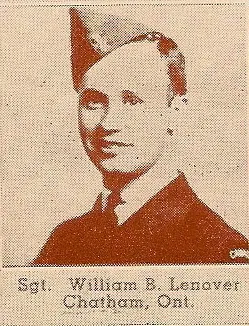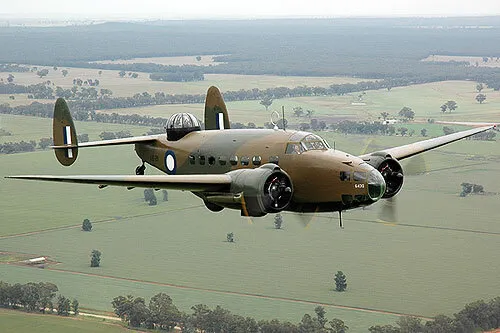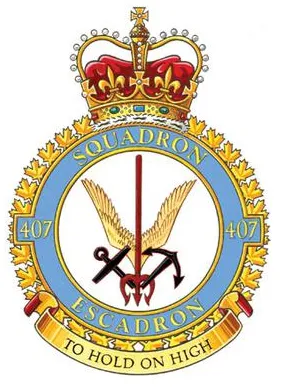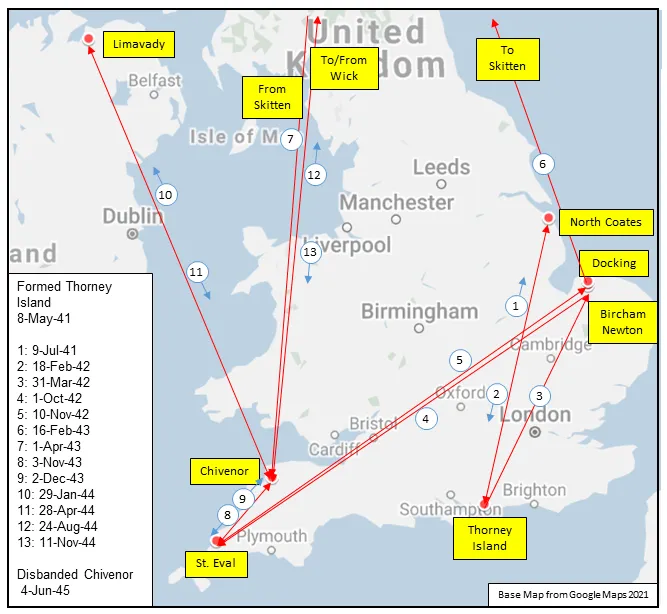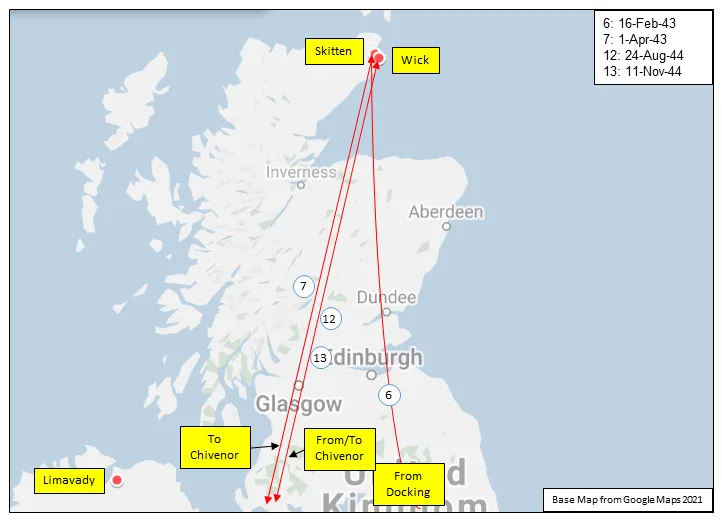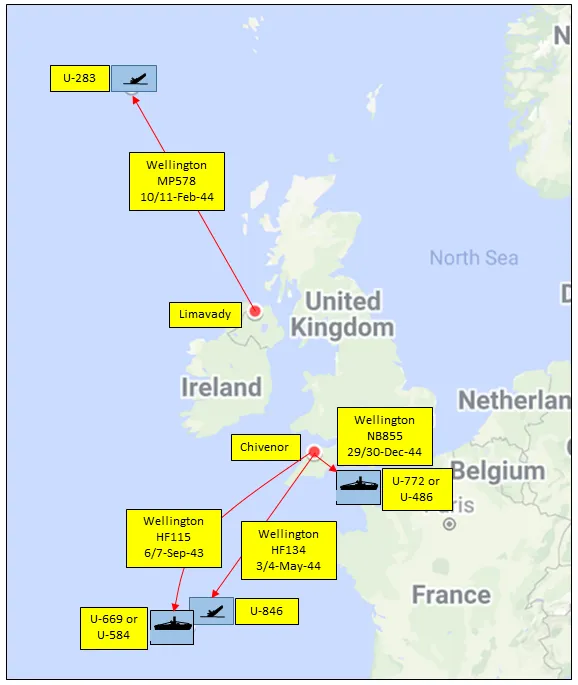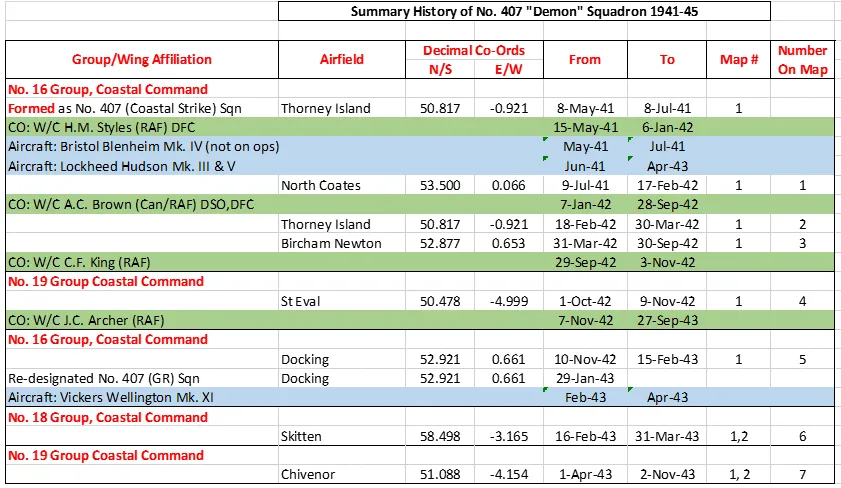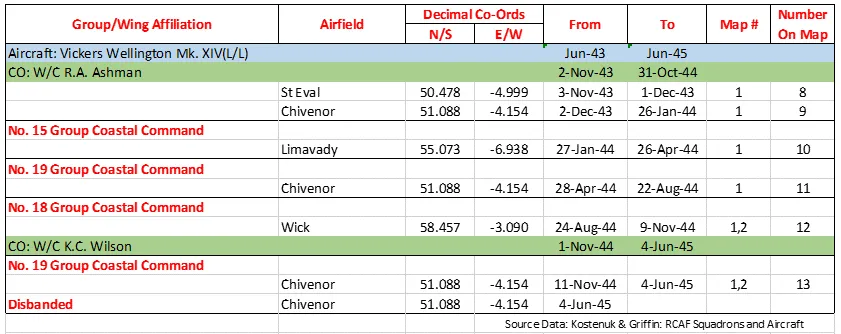Enlisted in Toronto; trained at No1 ITS, No1 EFTS and graduated from No5 SFTS, Brantford, 28 January 1941. DHist file 181.009 D.2620 (RG.24 Vol.20628) has recommendation dated 4 March 1942 for him, Pilot Officer JE Lister and FS Norman John Jones (RAF). Missing 12 February 1942 (Hudson AM598); mother in UK; name on Runnymede Memorial
Hudson Mk V AM-598 RR-P was shot down by naval anti-aircraft fire while attacking the German battlecruisers Scharnhorst, Gneisenau and Prince Eugen during their dash through the English Channel, crashing into the North Sea off the Dutch coast
Killed: F/Lt Lonsdale Cowperthwaite RCAF J/3726 KIA Runnymede Memorial Panel 99. Flight Sergeant Norman John Jones RAF KIA Runnymede Memorial Panel 75. Sergeant William Beverley Lenover RCAF R/83012 KIA Runnymede Memorial Panel 107. Pilot Officer John Ernest Lister RCAF J/4706 KIA Runnymede Memorial Panel 100. Sergeant Alan Forster Muris RAF KIA Runnymede Memorial Panel 90.
A second 407 Sqn Hudson V aircraft AM 712 RR-W was also lost on this operation. Please see Anderson, WA for casualty list on this aircraft
These two Hudson's were part of a formation that were to meet a fighter escort at another airfield before making their attack, however due to miscommunication the fighters did not take off (their instructions were to wait for the bombers to land and refuel first). After circling for a time waiting for the fighters to join them some of the Hudson's landed while five others continued on to the German ships without an escort. Squadron Leader Anderson and Flight Lieutenant Cowperthwaite's aircraft were last seen making bomb runs on the ships under heavy fighter attack. Both were considered outstanding officers on the Squadron (pers. comm. A.D. Squires)
Addendum: - Mention in Despatches - No.407 Squadron - Award effective 9 June 1942 as per London Gazette dated 11 June 1942 and AFRO 1000-1001/42 dated 3 July 1942. Flying Officer Cowperthwaite with his crew, Pilot Officer Lister and Flight Sergeant Jones, led a formation attack on the 12th February 1942 against an enemy force which was proceeding northwards up the Channel. His aircraft was last seen by another pilot to be going down to attack one of the enemy warships. This crew failed to return. This exceptional crew have been engaged on many day and night operations and have always been among the first to volunteer for a difficult and dangerous mission. They made a special request to be on this operation. Flying Officer Cowperthwaite had previously attacked four merchant vessels, two of which were definitely damaged. These ships were of 4/5000 tons each. No claim was made for the other two vessels. He has flown on 30 operational flights, 20 of which were at night. Flight Sergeant Jones was on his second tour of operational duty and had flown a total of 350 operational hours. Pilot Officer Lister had flown 150 operational hours." Detail provided by H. Halliday, Orleans, Ontario
Flight Lieutenant Cowperthwaite was BROTHER to Flying Officer Edward Morris Cowperthwaite, RAF instructor pilot, killed in a flying accident 1941-10-29.Detail from: https://aviation-safety.net/wikibase/205365 and http://www.626-squadron.co.uk/willem27.htm



